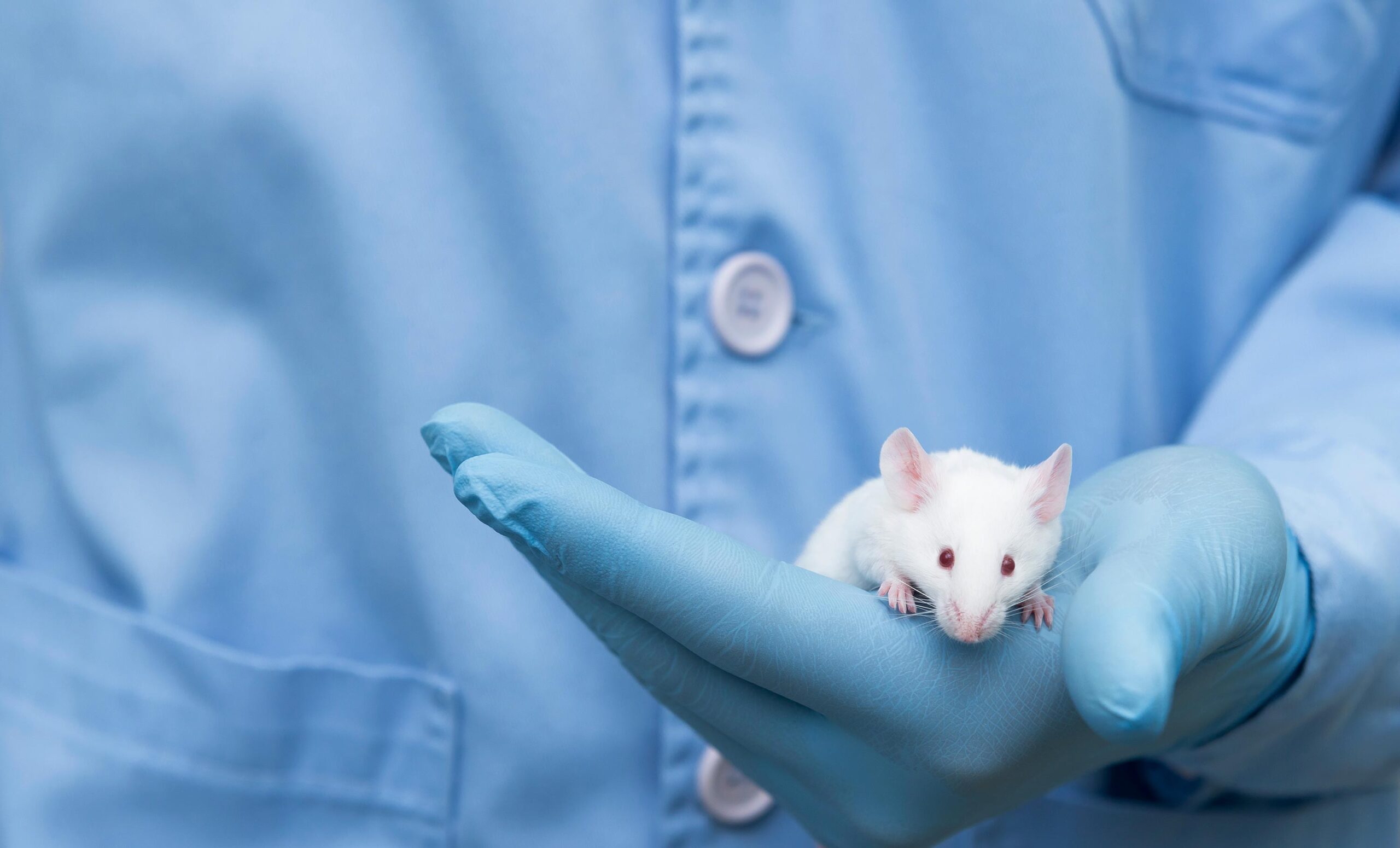
In the News
When Good Enough won’t do
The world is full of standards. Licenses, certifications, job requirements. We all talk about wanting to excel, but often settle for “good enough” … meaning just what is required. In certain cases, I don’t feel that works.
Take, for example, buying a car. They are expensive! The dealership says they will provide financing, the only stipulation is a credit score of 650 or above. A quick check, 664! Looks like we can get financing? Well yes, if I don’t mind paying high double digit interest. What they don’t say is 650 or above gets me financed, at 18.9%. If I wanted that 3.9% financing, well, better have a 775 score.
So let’s take a look at NIH grant reviews, particularly how we keep track of our animal subjects. There are some requirements regarding housing and monitoring – we can see these in The Guide – but how seriously we address these matters can impact how well our application scores. Let’s take a look at two examples.
Example 1:
Mice will be group-housed in polycarbonate cages with contact bedding, maintained in an AAALAC-accredited facility with regular veterinary supervision. Sterile cages will be provided weekly with sterilized feed and water provided ad-lib. Once the protocol begins, animals will be observed daily by animal care staff or research technicians. Any signs of pain or distress will be reported, and body weights will be monitored weekly. Any animal found to have lost 15% of body weight from initial body weight will be humanely euthanized.
Sounds pretty good, right? Seems to meet all the check boxes. I agree. But let’s consider this version.
Example 2:
Mice will be group housed in polycarbonate cages with contact bedding, maintained in an AAALAC-accredited facility with regular veterinary supervision. Sterile cages will be provided weekly with sterilized feed and water provided ad-lib. Animals will be uniquely identified with visual and digital identifiers (tail tattoo, RFID tag respectively) to aid in observation and data recording. Beginning three days before the protocol begins, body weights will be digitally captured for immediate review and comparison to reference weight. Technicians will see current status of animal performance (current weight as a delta percent from reference weight) and are alerted when the variation reaches a 5 to 10% drop. Veterinary consult, increased husbandry checks, and preventive methods can be employed to rectify their well-being to avoid the 15% euthanasia criteria from being reached. Cage-side observations will also be linked digitally and provide veterinary services with a complete picture of recent animal performance to aid any prescriptions for remedial care. Any animal still found to have lost 15% of reference body weight will be humanely euthanized.
This sounds a lot more thorough in how the requirements are addressed. Given all else being equal – scientific merit, justifications – I’m confident the proposal supported by Example 2 will score higher than Example 1, because we should not view requirements as a goal, but merely the first hurdle we need to clear. The better we can do at exceeding such factors as animal monitoring and data integrity, the better the science and the higher likelihood to obtain funding.
Integrated Data Management encompasses digital identification of the animal and direct capture of data into a database that is accessible to multiple stakeholders – the Research Team, Husbandry Staff, and Veterinary Services. By having a full picture of individual animal performance readily available, we can identify animals with subpar performance often before clinical signs develop, making it easier to provide support and keep the animal healthy and on study.
To learn more about options for state of the art animal identification and monitoring – check out Somark’s solutions here.
Author: Eric Arlund, July 2021 – please contact Eric at earlund@somarkinnovations.com if you would like to discuss any of the topics raised in this article.



